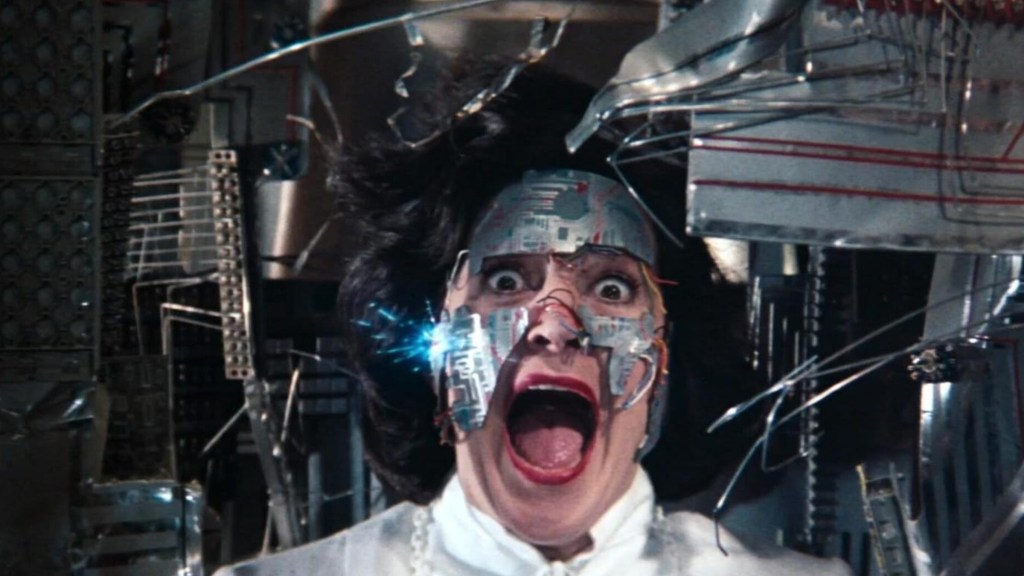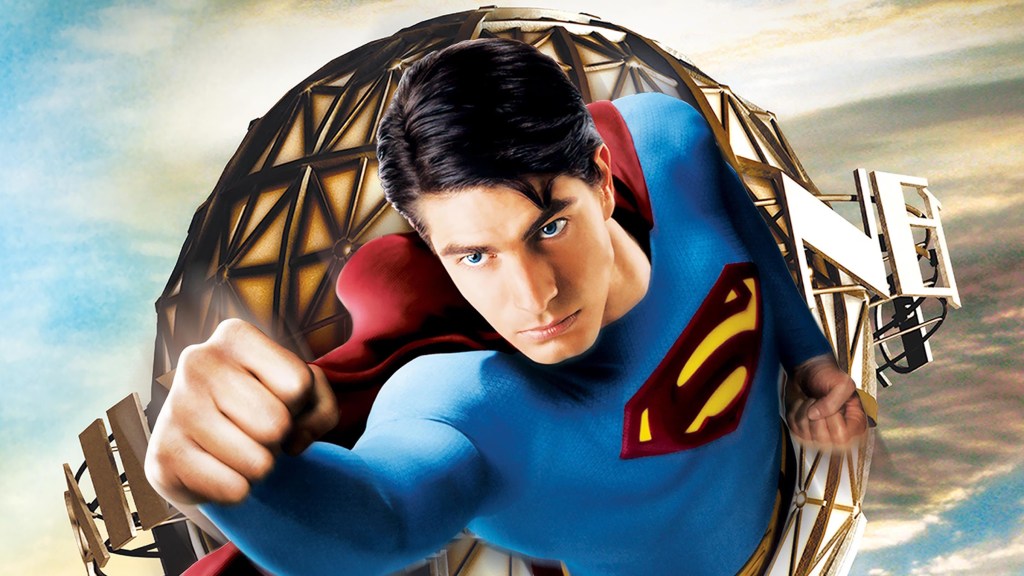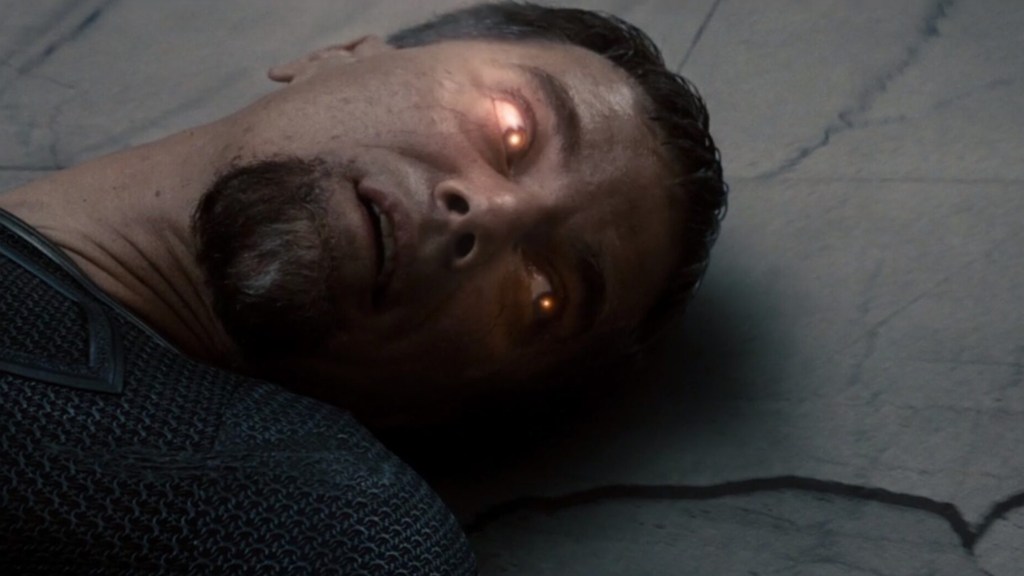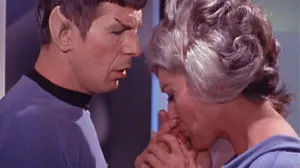Superman has always been too big to confine to one medium. Less than two years after The Man of Steel made his comic book debut, he began appearing on the radio, with animation and live-action adaptations following closely behind. Unfortunately, superstardom brings with it super problems, especially when it comes to film. Every Superman movie from Superman: The Movie up through Man of Steel has featured at least one scene that does Clark dirty. But now James Gunn has a chance to fix Superman’s imperfect celluloid legacy — with the right lessons from the previous films that is.
Videos by ComicBook.com
The Last Son of Krypton’s filmography is filled with moments that demonstrate what not to do when making a Superman movie. With any luck, James Gunn had those moments in mind when crafting his take on The Big Blue Boy Scout. But just in case he wants to make any last-minute changes ahead of Superman hitting theaters on July 11th, here are five lessons James Gunn’s Superman can learn from past Superman films.
1) Don’t Waste the Villains

In the comics, Superman has a rogues gallery as varied as Batman’s, but on film he seems to keep going up against the same few baddies — with a few weird exceptions we’ll get to. Lex Luthor and General Zod, alone or together, are the main antagonists of six live-action Superman outings. And when Superman isn’t matching wits with Luthor or trading blows with Zod, he’s fighting a creepy computer lady or the infamous Nuclear Man.
The woman/supercomputer hybrid — nightmare fuel for every ’80s kid unlucky enough to see Superman III when it was released — was apparently supposed to be an extremely watered-down version of Brainiac, not that you can tell from the final cut of the movie. The laughable, cheesy Nuclear Man, on the other hand, was an evil clone of Superman, with long fingernails and a really dumb costume, dreamed up for the movie. Needless to say both were disappointment fo the highest magnitude.
The trailers for James Gunn’s Superman have hinted at the DC hero squaring off against a masked opponent going by the name Ultraman. With any luck, James Gunn learned from Superman’s previous live-action foes, and Ultraman’s secret identity won’t end up being General Zod or something underwhelming cooked up by Gunn solely for the movie.
2) Have a Point

Everyone hates on Superman IV: The Quest For Peace — with good reason — but the real black sheep of the Superman franchise is Superman Returns. Whereas Superman IV at least had noble intentions with its nuclear disarmament subplot, Superman Returns, on the other hand, seems to exist for no other reason than Bryan Singer wanted to make a two-hour and 34-minute love letter to the original Superman films.
From resurrecting Marlon Brando’s Jor-El to Kevin Spacey’s pitch-perfect Gene Hackman impression, Superman Returns is obsessed with capturing the tone and spirit of the first two Superman movies, but to what end? The movie doesn’t forge its own path, doesn’t put a new spin on the Superman mythos, but instead anchors itself to a dead franchise. If James Gunn’s Superman is going to be successful, it needs to justify its existence in more ways than just kicking off the DC Universe proper.
There needs to be a reason for this new Superman to exist outside of “I suppose it’s time for a new Superman movie.” Hopefully Gunn learned something from Superman Returns and made sure to give his movie a sense of purpose.
3) Superman Shouldn’t Kill Anyone

It seems like such a simple concept, and yet some directors just can’t seem to get it right. You may think this entry is just an excuse to revisit the scene from Man of Steel where Superman kills Zod, but fans forget that Henry Cavill snapping Michael Shannon’s neck is actually the second time Zod has died onscreen at the hands of Jor-El’s son.
In Superman II, the titular hero throws a depowered Zod down a bottomless chasm never to be heard from again. While the neck-snapping is more violent, one could argue that killing a powerless opponent — essentially a human — is the more senseless death. In either case, Superman taking a life is absolutely unacceptable.
Part of why Lex Luthor works as a foil for Superman is because the Man of Steel doesn’t kill. If Superman had no qualms about taking a life, he would just squish the physically weak Luthor like a bug and be done with it. Given that Gunn’s previous superhero protagonists, The Crimson Bolt, The Suicide Squad, and The Guardians of the Galaxy, all kill with no apprehension whatsoever, this is one lesson that we really hope Gunn learned before starting work on Superman.
4) Don’t Be Afraid to Embrace the Weirdness of The Silver Age

The biggest complaint fans have with Superman II is that Superman displays some weird abilities. First is the power to grab the S-shield from his chest and throw it over his foes like a giant cellophane net. Not as flashy, but equally bizarre, is the memory-erasing kiss that Superman gives Lois Lane at the end of the movie, so she forgets he’s Clark Kent. Both superpowers seem to come out of nowhere, but the truth is, Silver Age Superman did stuff like that all the time.
Silver Age Superman’s crazy powerset included shapeshifting, super ventriloquism, and even the ability to shoot another smaller Superman out of his fingertips. With most of the superhero films of the 21st century being inexplicably concerned with realism — Christopher Nolan’s Bruce Wayne can call himself Batman, but calling his car the Batmobile is apparently too much? — it would be great if James Gunn went in the opposite direction and embraced the inherent absurdity of comic book heroes.
Judging by the Superman Robots in James Gunn’s new movie, there’s a good chance the director is taking a page out of the Superman II playbook regarding the more fantastic elements of Superman’s comic book legacy.
5) Superman Is Not Jesus

Superman was created in 1938 by two Jewish kids, Jerry Siegel and Joe Shuster. He was based on two Jewish legends — Moses and the Golem of Prague — and was himself described as Jewish by none other than head of Nazi propaganda Joseph Goebbels. Yet despite all of that, filmmakers love to depict him as a Christ allegory.
Once again, fans love to blame Zack Snyder for this trope, but just like the killing, Superman’s head-scratching association with Christianity began long before Snyder ever got his hands on the character. As far back as Superman: The Movie, Marlon Brando’s Jor-El resembles God as he was depicted by most Renaissance artists — fitting given that he talks about sending down his only son as a shining example for humanity.
From there, it’s not hard to draw parallels between Superman II‘s General Zod challenging Jor-El and being imprisoned for eternity, and Lucifer challenging God and being cast out of Heaven. Superman Returns kicks it up a notch with its hero being stabbed in the side and falling to Earth in a crucifix position before going into a coma and awakening three days later like a certain 1st Century Nazarene.
And yes, Zack Snyder’s (holy) trinity of films — Man of Steel, Batman v Superman: Dawn of Justice and Zack Snyder’s Justice League are rife with Christian imagery as well. It goes without saying, but Superman is for everyone. If James Gunn wants to make an accessible Superman film that doesn’t skew towards anyone’s belief system, he needs to eschew the Christian tone of previous Superman movies and make a secular adventure suitable for fans of every walk of life. In other words, we need a separation of church and cape.
Superman hits theaters July 11th.








